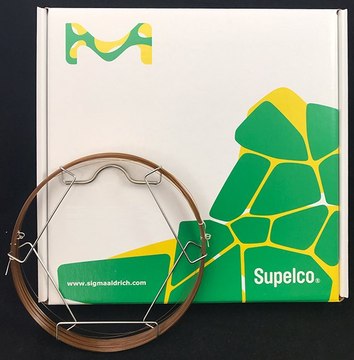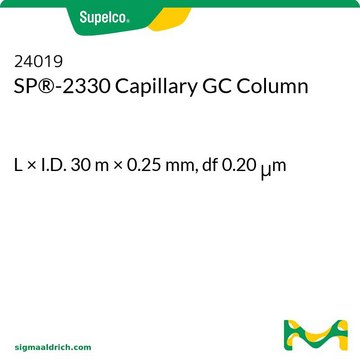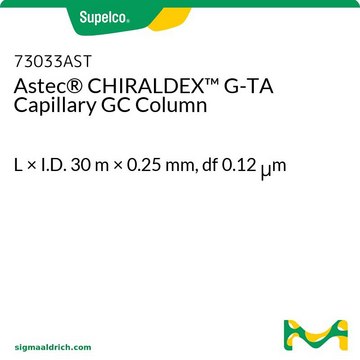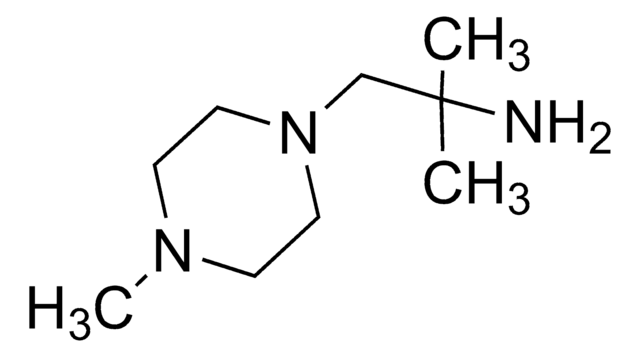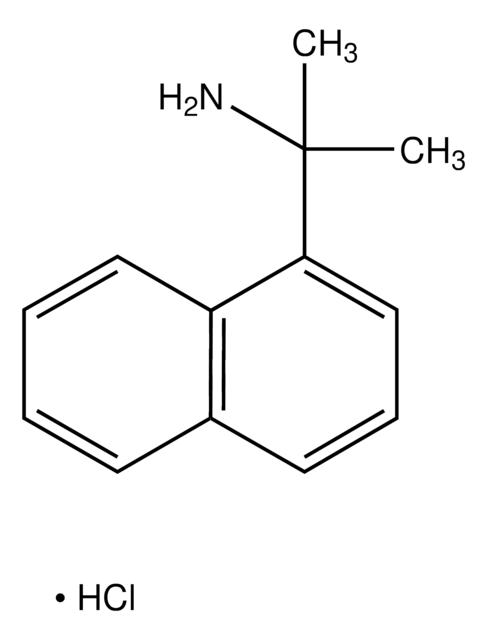N3038
Anti-Nanog antibody, Mouse monoclonal
clone NNG-811, purified from hybridoma cell culture
Synonym(s):
Anti-NANOG/STM1
Sign Into View Organizational & Contract Pricing
Select a Size
Change View
250 MG
CA$87.60
About This Item
UNSPSC Code:
12352203
NACRES:
NA.41
Recommended Products
biological source
mouse
Quality Level
conjugate
unconjugated
antibody form
purified immunoglobulin
antibody product type
primary antibodies
clone
NNG-811, monoclonal
form
buffered aqueous solution
mol wt
~40 kDa
species reactivity
human
packaging
antibody small pack of 25 μL
Related Categories
1 of 4
This Item | CBR01611 | CDS000416 | CBR00816 |
|---|---|---|---|
| form solid | form solid | form solid | form solid |
General description
Anti-Nanog antibody, Mouse monoclonal (mouse IgG1 isotype) is derived from the hybridoma NNG-811 produced by the fusion of mouse myeloma cells and splenocytes from BALB/c mice immunized with recombinant human Nanog. The human Nanog gene product is a 305 amino acid, 35 kDa protein with a tryptophan repeat domain and two C-terminal trans-activating domains. It is primarily located in the nucleus.
Nanog is a homeodomain transcription factor expressed in cells of the inner cell mass of early embryos, in embryonic stem cells (ESC), germ cells and in stem/progenitor cells of some tissues. Together with Oct-4, Sox-2, and Rex-1, it is a molecular marker for pluripotent cells and for undifferentiated stem cells. This protein is crucial for the maintenance of pluripotency of ESCs and is down-regulated when ESCs differentiate.
Nanog controls the expression of many ESC genes together with other stem cell transcription factors like Oct-4 and Sox-2. Nanog targets both repressor and activator complexes to regulatory regions of hundreds of genes in the genome. Expression of nanog can be detected primarily in germ cell tumors and in tumors of other cell types. Nanog is an important marker for Seminomas, testicular carcinomas, teratocarcinomas, and germ cell-like tumors in various tissues. Furthermore, it was shown to transform NIH3T3 cells.
Nanog controls the expression of many ESC genes together with other stem cell transcription factors like Oct-4 and Sox-2. Nanog targets both repressor and activator complexes to regulatory regions of hundreds of genes in the genome. Expression of nanog can be detected primarily in germ cell tumors and in tumors of other cell types. Nanog is an important marker for Seminomas, testicular carcinomas, teratocarcinomas, and germ cell-like tumors in various tissues. Furthermore, it was shown to transform NIH3T3 cells.
Specificity
Monoclonal Anti-Nanog reacts specifically with human Nanog.
Immunogen
recombinant human Nanog.
Application
Anti-Nanog antibody, Mouse monoclonal has been used in:
- enzyme-linked immunosorbent assay (ELISA)
- immunoblotting
- immunocytochemistry
- flow cytometric analysis
- immunoprecipitation
- immunofluorescence
Monoclonal Anti-Nanog antibody is suitable for use in ELISA, immunoblotting (~ 40 kDa), immunocytochemistry and immunoprecipitation.
Immunoblotting: a working antibody concentration of 2-4 mg/mL is recommended using extracts of NT2 cells.
Immunoblotting: a working antibody concentration of 2-4 mg/mL is recommended using extracts of NT2 cells.
Physical form
Solution in 0.01 M phosphate buffered saline, pH 7.4, containing 15 mM sodium azide.
Disclaimer
Unless otherwise stated in our catalog or other company documentation accompanying the product(s), our products are intended for research use only and are not to be used for any other purpose, which includes but is not limited to, unauthorized commercial uses, in vitro diagnostic uses, ex vivo or in vivo therapeutic uses or any type of consumption or application to humans or animals.
Not finding the right product?
Try our Product Selector Tool.
Storage Class Code
10 - Combustible liquids
WGK
WGK 3
Flash Point(F)
Not applicable
Flash Point(C)
Not applicable
Personal Protective Equipment
dust mask type N95 (US), Eyeshields, Gloves
Choose from one of the most recent versions:
Already Own This Product?
Find documentation for the products that you have recently purchased in the Document Library.
Our team of scientists has experience in all areas of research including Life Science, Material Science, Chemical Synthesis, Chromatography, Analytical and many others.
Contact Technical Service